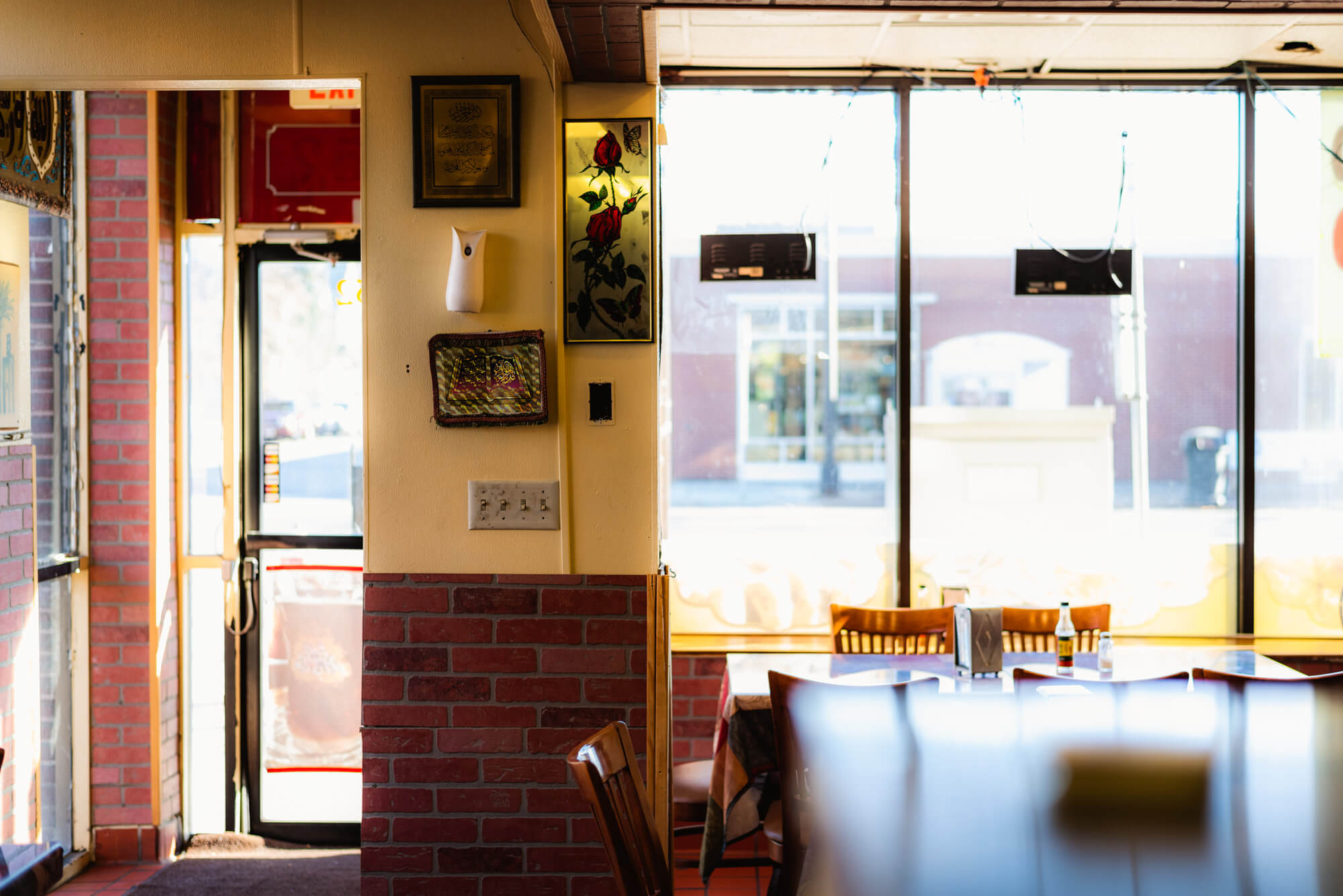
Trends are like the gentrification of originality in photography
Please, don’t take this as me being overly cynical. It’s simply my observation on originality in photography, specifically in the age of Instagram. But in a weird way, the way trends currently work is kind of like gentrification.
In the classic example of gentrification, struggling artists put up shop in a less desirable neighborhood because it’s cheaper there. Then, after a decade or so, once the artists have adequately fertilized the soil, the investors swoop in to buy up properties, make renovations, attract the young and cool (read: wealthy) crowd, and in effect, kick out the people who helped build up the neighborhood in the first place (along with all of its original inhabitants).
The analogy to trends in photography is fairly direct, albeit on a compressed timeline: an individual photographer, or a group of photographers – typically more artistically-oriented – begins playing with a certain technique, style, aesthetic, or whatever. This approach gains traction, and before you know it we’ve got a trend on our hands, ripe for the picking. Generally at this point, large companies and/or more commercially-oriented photographers take notice, the trend spreads like wildfire, and the original creators leave the trend behind and move on to greener pastures.
The beauty/horror of it all is that no one can really claim a trend. Obviously someone somewhere started it, but with so much interconnectivity thanks to Instagram/the Internet these days, it’s usually difficult to pinpoint where it actually began. And even if you think you’ve found the source of the latest trend, there’s probably an even earlier origin story that served as inspiration. After all, nothing is really new or original in photography.